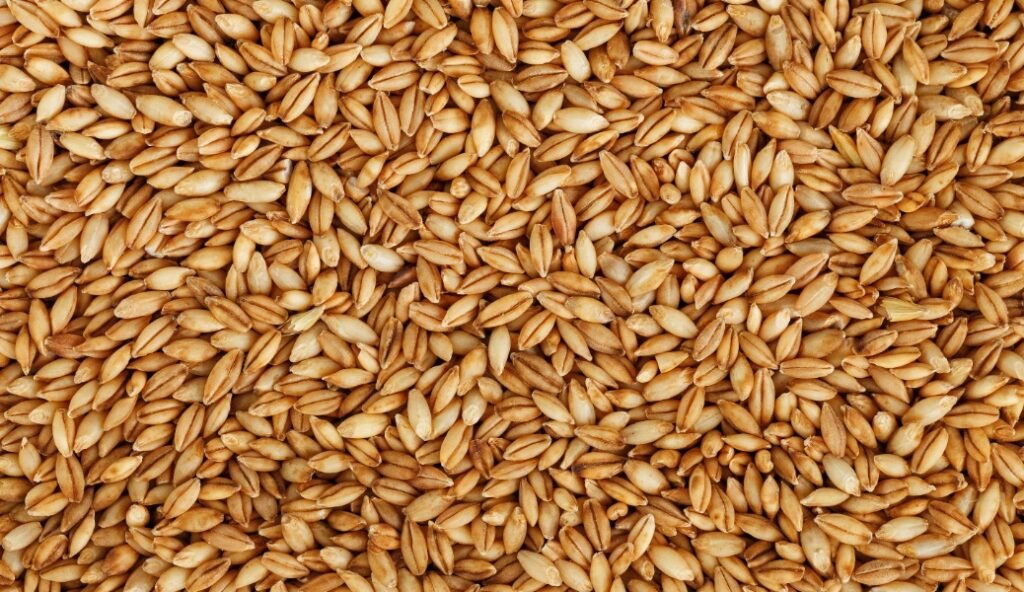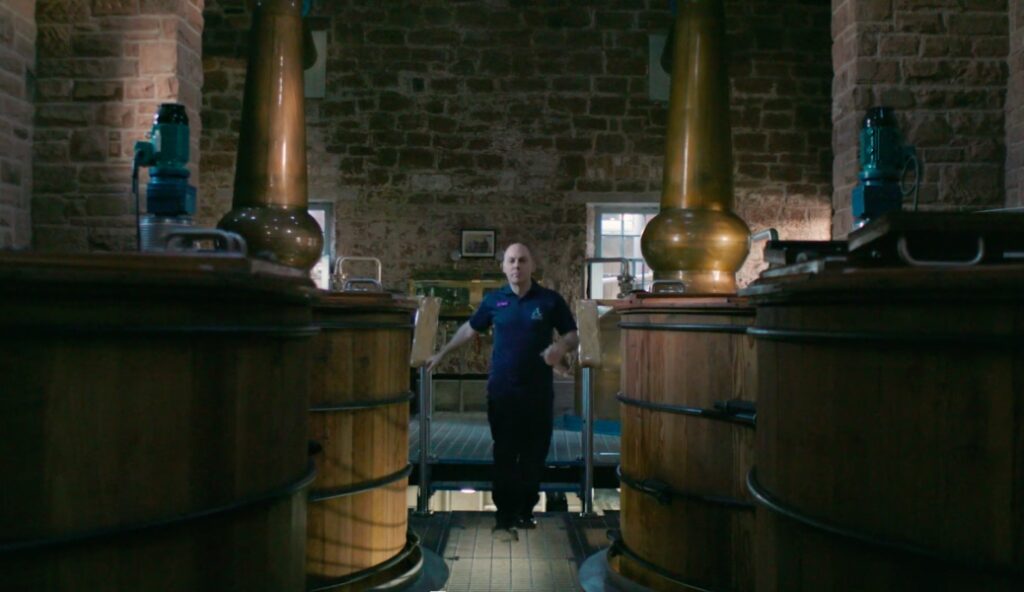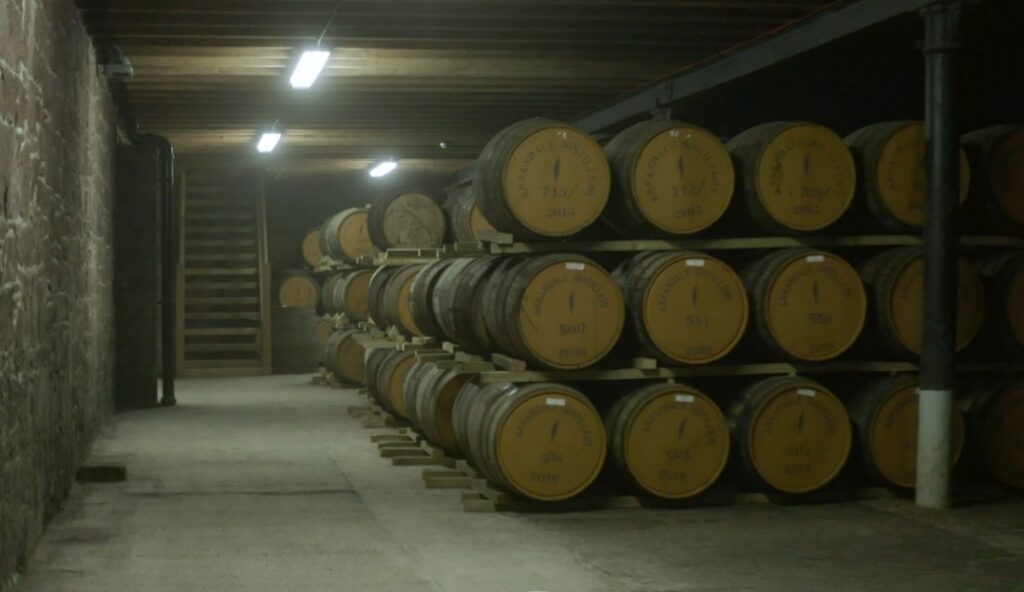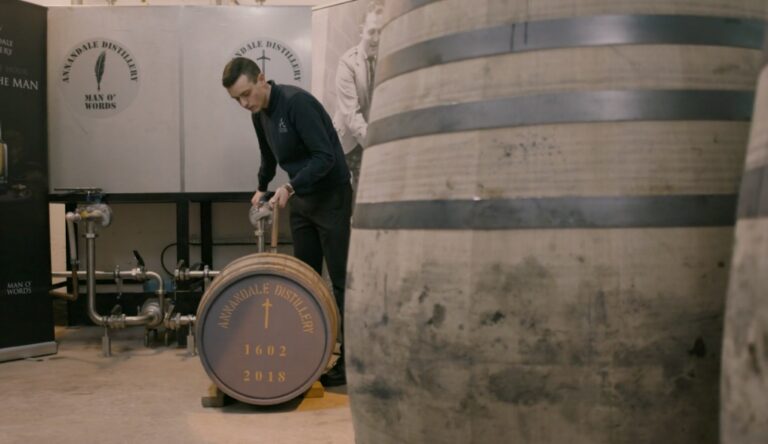WHAT MAKES IT SO SPECIAL?
Scotland produces two types of Scotch Whisky, namely Scotch Grain Whisky and Scotch Malt Whisky. Scotch Grain Whisky is produced from various cereals, typically wheat, barley, malted barley and sometimes maize (depending to some extent on the prevailing cereal prices). However, when it comes to Scotch Malt Whisky, only malted barley (Hordeum vulgare) can be used.
SACRILEGE OR SAVIOUR
When whisky is chilled, either through storage at low temperatures or the addition of ice in-glass, it may form a cloudy haze. This is considered undesirable by some whisky drinkers, although not all. Chill filtration removes the compounds responsible for haze, leaving the whisky crystal clear.
READ MORE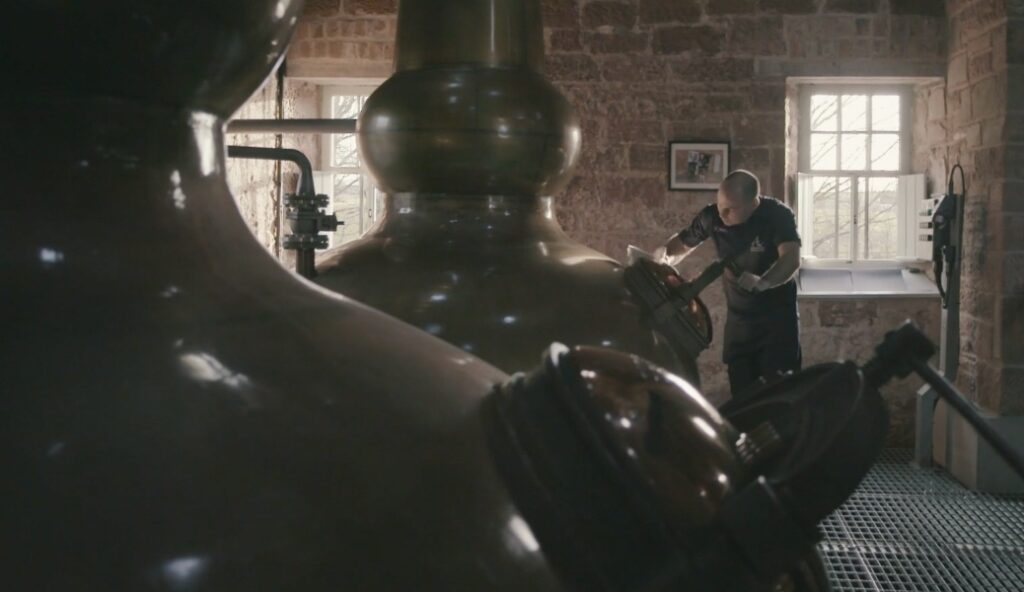
ITS EFFECT ON SINGLE MALT SCOTCH WHISKY FLAVOUR
Copper pot stills are the iconic distillation vessels found in all Single Malt Scotch Whisky distilleries. Copper was initially selected as the material of choice because of its malleability (it’s relatively easy to form into the complex shapes needed) and because it’s a good heat conductor. The fact that it also happens to play an important role in spirit quality is a happy coincidence.
READ MOREWHAT MAKES THEM SO DIFFERENT!
In this technical note we describe the differences between:
Single Cask-Single Malts – non-chill filtered and bottled at cask strength, typically 55% – 60% ABV (as presented in Annandale Distillery’s Man O’ Sword and Man O’ Words collection) where each bottle is identified by cask number (e.g. 2014/98) and sequential bottle number (e.g. 98 of 236), as a guarantee of its uniqueness and its provenance.
Versus
Vatted Single Malts – usually chill filtered and bottled at either 40% or 43% ABV, as typically purchased in retail and duty-free shops, bars and restaurants.
THE INFLUENCE OF CASK SIZE ON SINGLE MALT MATURATION
We’re often asked why we don’t mature our whisky in quarter casks (125 litres), octaves (50 litres), and firkins or blood tubs (~30-40 litres). 200 litre ex-bourbon barrels are the smallest casks we fill at Annandale Distillery. Read on to find out why.
READ MORESHAVED, TOASTED & RE-CHARRED RED WINE CASKS (STRs)
The Scotch Whisky Regulations (2009) specify that Scotch Whisky must be matured in Scotland in oak casks of no more than 700 litres in volume. Oak is specified by law because it has a particular effect on the maturing spirit that’s fundamental to the development of characteristic Scotch Whisky flavour. Read on to find out why.

